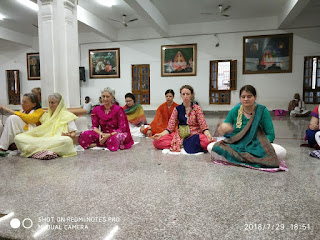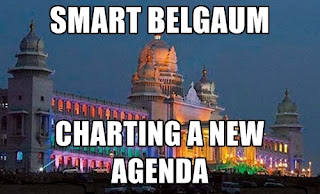First Steps into a Wider World: Memories of My School Debut
Ah, cast your mind back to the golden haze of the late seventies and mid-eighties, a time when life seemed to move at the rhythm of vinyl records and the world was a playground of endless possibilities. Those were the days when my childhood memories were painted in the most vibrant colors, frozen in the best moments that now twinkle like stars in the night sky of my past. We were the carefree souls of our early school days, swaying and grooving to the infectious beats of BoneyM and ABBA, alongside the heart-throbbing local anthems like ‘Dafali waale Dafali bajaa’, ‘I am a disco dancer’, and ‘Arre dewano…’. Our spirits danced in sheer jubilation, our laughter mingling with the air as we indulged in the simple joys of neelam supari, only to wash it down with the creamy delight of Mainu’s lassi during those fleeting school breaks.
Canteen Chronicles: The Basement Bazaar of School-Day Delights
Just outside the school gates, life unfolded in its simplest form, yet for those with a bit more pocket money to spare, the canteen beckoned like a treasure trove of delights. Nestled in the basement, at the very edge of the main building, it was our little corner of paradise. A cozy rectangular cabin to the left was where the teachers retreated for their tea, creating a little sanctuary of their own, while we, the students, eagerly queued at the rear windows on the opposite side, our mouths watering for batata wada, tea, and other tantalizing snacks. And oh, the chocolate jars! Filled to the brim with Peppermints, Parle Kissme, Ravalgons, wrapped in a kaleidoscope of green, red, and orange - they were like magnets, drawing at least a glance from each passerby as we ascended the stairs back to our classes.
The Principal’s office, now that was a realm of awe and trepidation. The mere thought of being summoned there sent shivers down my spine, a prelude to a scolding or, heaven forbid, a call to my father over some mischief or academic slip-up. The path to his chamber was guarded by a brightly lit aquarium, its fish gliding silently, oblivious to the turmoil in our young hearts as the bubble maker softly hummed in the background, doing little to ease the fluttering in our stomachs as we awaited our fate.
Lessons Beyond the Books: The Teachers Who Shaped Us
Reflecting on those school days, each of us can undoubtedly recall the teachers who left indelible marks on our lives. Their dedication, the sparkle in their eyes as they shared knowledge and stories, brought the world into our classrooms. I remember Ms. Pramila Savlekar & Mr. Premratnam particularly, who could bring history and literature to life, making every lesson an adventure. Such memories of SMHS have only grown fonder with time, each of us holding our special moments close to our hearts, yet sharing many common bonds that bring us together in reminiscence.
Aluminum Boxes and Merry-Go-Rounds: The Innocence of Starting Fresh
And then, there was my first day of school in 1976-77, a moment frozen in time. My father, driving his Fiat 1100D, brought me to the 1st standard classroom, a quaint structure that seemed a world away from the main building. Clutching my aluminum school box, filled with a mix of excitement and trepidation, I stepped into a new world. The playground, with its silent merry-go-round and the cacophony of boys at lunch, felt overwhelming. Amidst the noise and the chaos, I found myself longing for the familiar comfort of home.
Stepping out into the sunlight during recess, I wandered just a few paces to where the playground lay spread out in front of our class, a vivid tableau of childhood adventures waiting to unfold. There, in a quiet corner, sat a small, hand-operated merry-go-round. It was an eerie sight, standing silent and still, as if waiting for the laughter of children to breathe life into its solitary existence—perhaps the absence of its operator lending it an air of desolation amidst the bustling school day.
As the day wore on, the playground transformed. It became a teeming mass of energy as what seemed like a hundred boys, both small and towering, descended upon it. They were a whirlwind of noise and motion, running, tumbling, and shouting in the throes of their lunch break revelries. Amid this tumult, I felt like a tiny boat lost at sea, buffeted by waves of commotion and chaos. The rough-and-tumble play of my peers, so different from the quiet order I was accustomed to, filled me with a sense of dread. I remember a moment, poignant and sharp, when the overwhelming sensation of not belonging washed over me. Tears blurred my vision as I whispered a heart-heavy plea to the empty air, "Let me go home."














